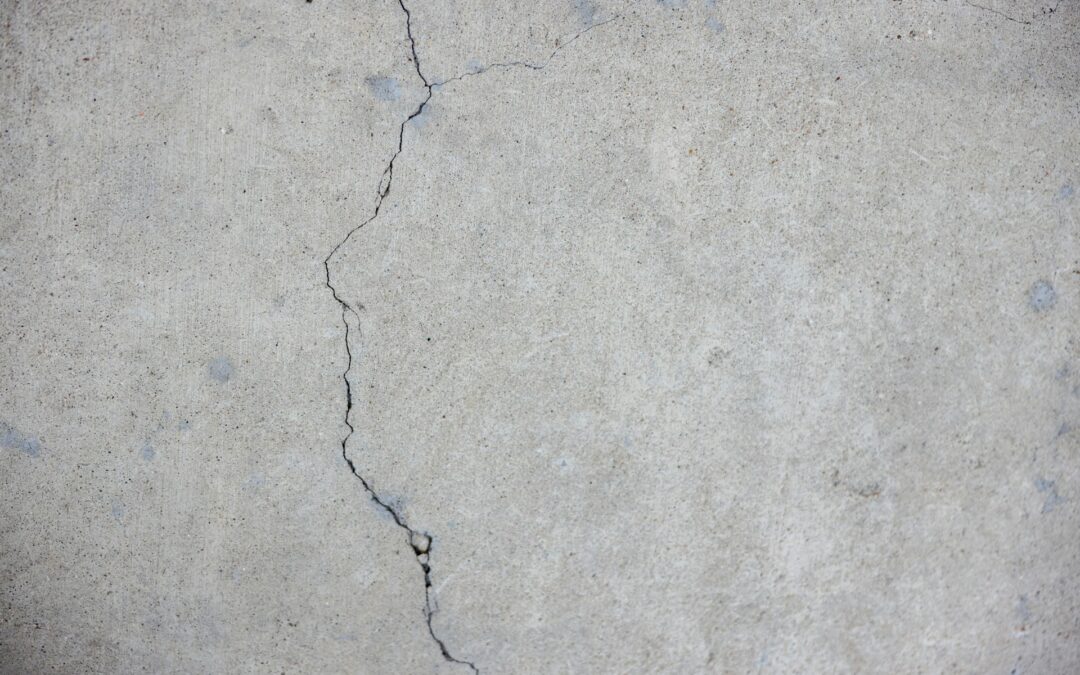Foundation cracks can be a worry for any homeowner. They might look small at first, but if ignored, they can lead to bigger problems like leaks or structural issues. The good news is that many minor cracks are easy to fix yourself with some basic tools and know-how.
A little effort now can keep your foundation strong and your home safe, saving you from more expensive fixes later. Let’s explore how you can manage those cracks yourself with confidence and keep your home in tip-top shape.
Understanding Foundation Cracks
Foundation cracks come in various forms, each telling a different story about your home’s structural health. Vertical cracks are the most common and often result from normal settling. They’re usually not a major concern if they remain narrow. Horizontal cracks, on the other hand, can indicate more serious pressure from outside forces and need attention. Diagonal cracks usually appear when your foundation is shifting due to uneven settling or soil movement.
Cracks can be caused by several factors. Soil expansion and contraction due to weather changes, poor drainage, or even tree roots can exert pressure on foundations. Additionally, earthquakes or heavy construction nearby can lead to unexpected cracks. Understanding these causes helps in determining the best repair methods.
Assessing the severity of cracks is crucial. Minor cracks less than a quarter-inch wide can typically be handled with simple DIY methods. However, if a crack widens quickly or you notice bulging, it’s important to consider more extensive repairs. Observing changes over time and checking multiple locations around your home helps in deciding the urgency of a fix.
Essential Tools and Materials
Before starting your DIY project, gather the right tools to ensure a smooth repair. Must-have tools include a wire brush for cleaning, a putty knife for applying sealants, and a caulk gun to offer precise application. These basic tools make the task easier and more effective.
Choosing the right materials is also important. For small vertical or diagonal cracks, use sealants like epoxy or polyurethane foam effectively. These materials are designed to expand slightly within the cracks, providing a good seal against moisture and pests. Patching compounds can also be useful for larger gaps.
Safety during repairs is key. It’s wise to wear gloves to protect your hands from chemicals. Safety goggles prevent dust or debris from harming your eyes during preparation and application. Having the right safety gear makes your crack repair job safer and more comfortable.
Preparing yourself with these tools and materials not only simplifies the repair process but also increases the effectiveness of your DIY project. With just a little preparation, fixing foundation cracks can be a manageable and rewarding task.
Step-by-Step DIY Repair Process
Getting your foundation cracks fixed is simple if you follow a step-by-step process. Start by cleaning and preparing the crack. Use a wire brush to remove loose particles and dust, ensuring the crack is clean before applying any materials. This step helps the sealant adhere properly and makes the repair last longer.
Next, it’s time to apply the sealant or patching material. Load your caulk gun with the chosen sealant, such as epoxy or polyurethane foam, and squeeze it into the crack. Use a putty knife to press the sealant into the crack, ensuring it fills completely. For larger gaps, you may need a patching compound that offers added strength.
Finally, focus on ensuring a smooth finish for added durability. Use the putty knife to smooth the surface after applying the sealant. This step not only makes the repair look neat but also increases its longevity by preventing material from chipping away. Allow the sealant to dry as per the manufacturer’s instructions to achieve the best results.
When to Seek Professional Help
Sometimes, DIY repairs aren’t enough. Larger cracks, or those causing structural changes, can signal that professional help is needed. If you notice cracks spreading rapidly or bricks around them bulging, this indicates serious issues. Other signs include moisture seepage or a noticeable shift in your foundation.
Knowing the limits of DIY repairs saves time and money in the long run. For small, cosmetic cracks, DIY methods can effectively manage them. However, if the damage seems more extensive or complicated, it’s best to reach out for expert advice.
Finding a trustworthy professional service is important when bigger issues arise. Look for companies with strong reputations and proven experience to ensure your foundation gets the care it needs. Proper evaluation by experts means that you’ll get accurate recommendations and solutions tailored to your home’s specific needs.
Conclusion
Taking care of foundation cracks promptly helps maintain your home’s stability and value. By understanding different crack types and using the right tools, you can tackle many repairs on your own. However, knowing when to call in professionals ensures your foundation receives the right treatment, safeguarding it against future damage.
Remember, each home is unique, and so are its foundation needs. Staying vigilant and proactive with maintenance now avoids costly repairs later. Homes form the foundation of our lives, and keeping them strong matters to everyone who calls them home.
For professional guidance or repairs, Lift-Texas Construction is ready to assist. We understand the nuances of foundation repair and excel in finding solutions that work. Contact us today and let our expertise lift your home’s foundation to a new level of excellence.

